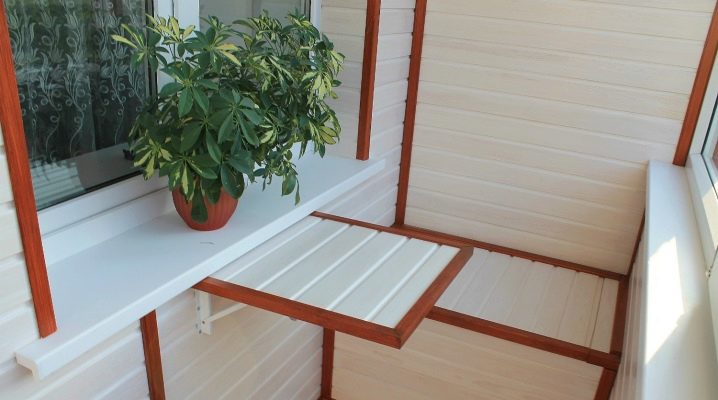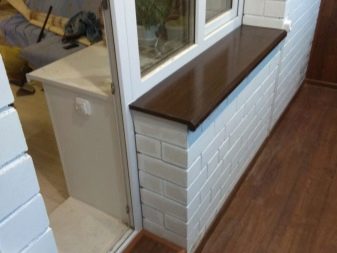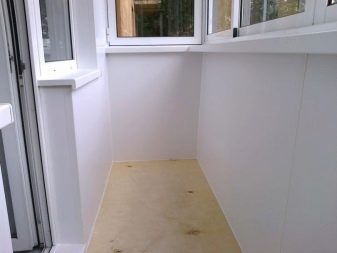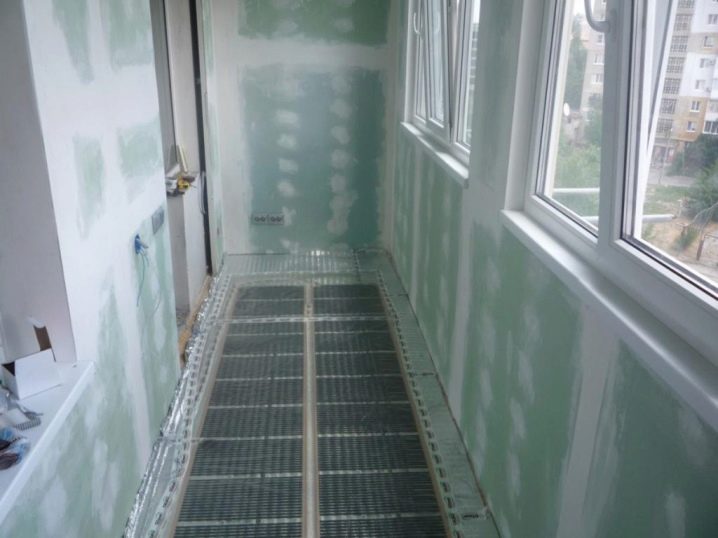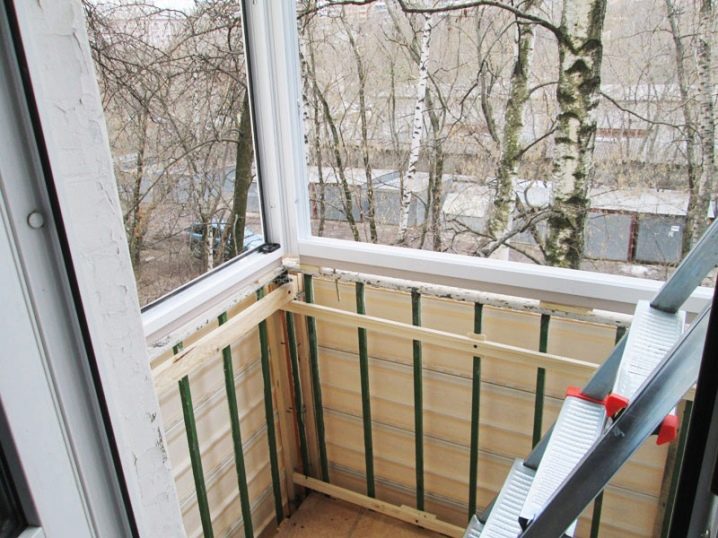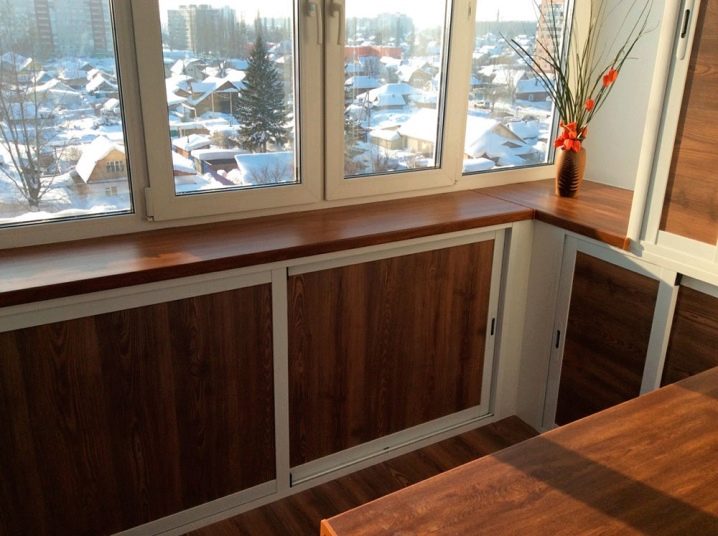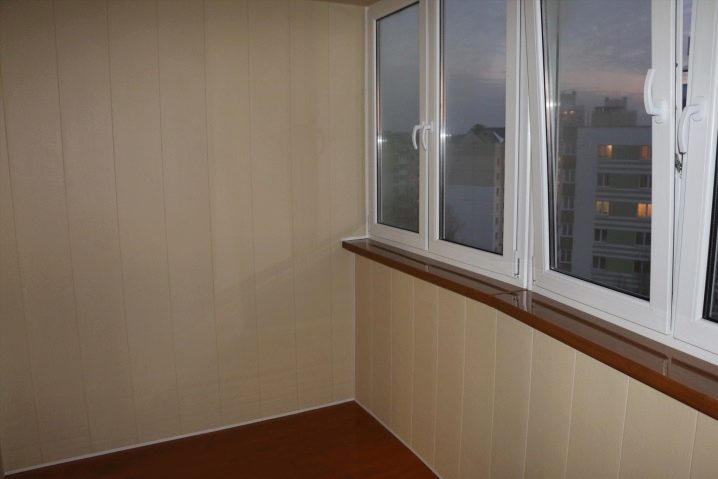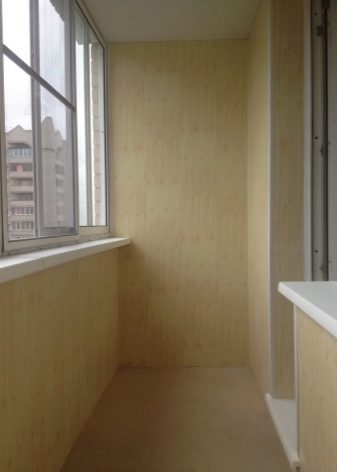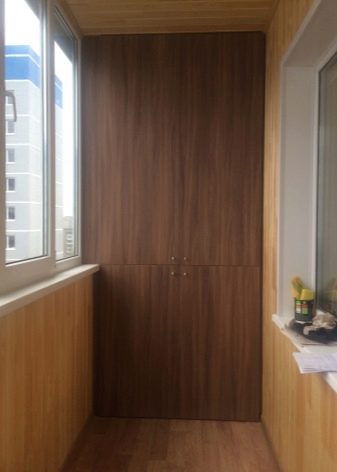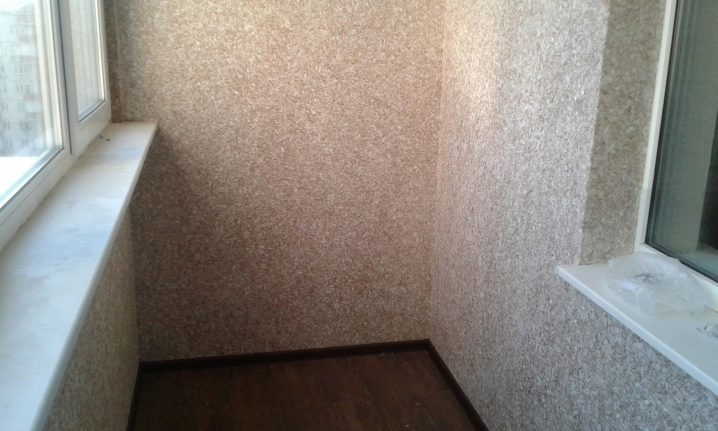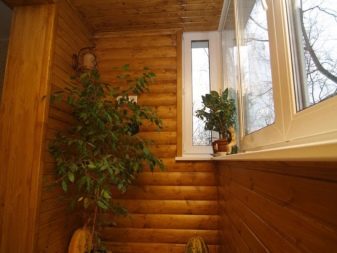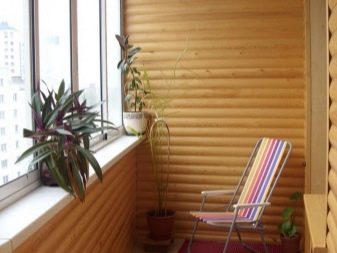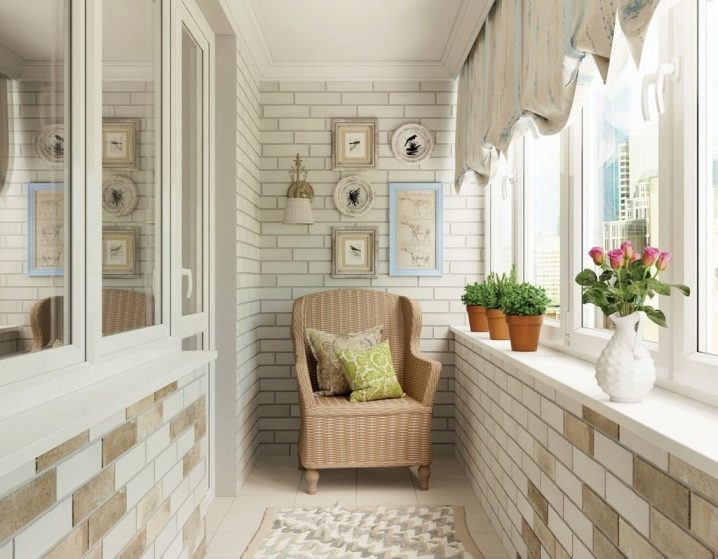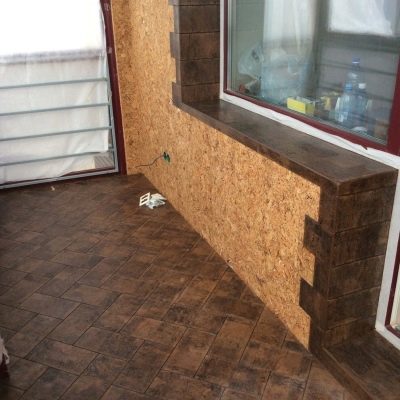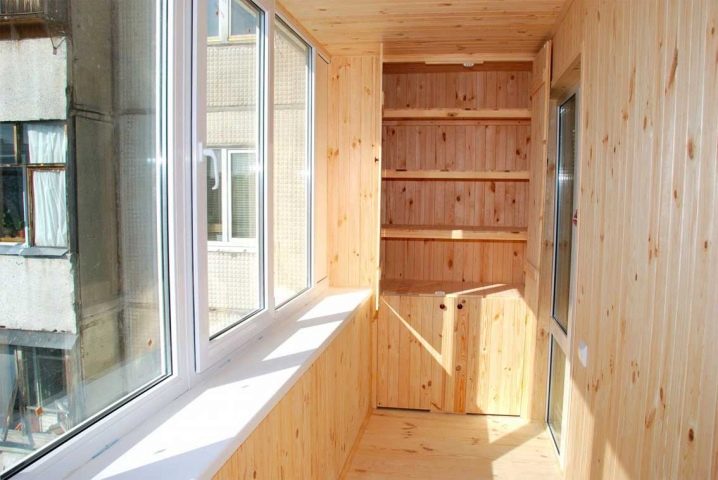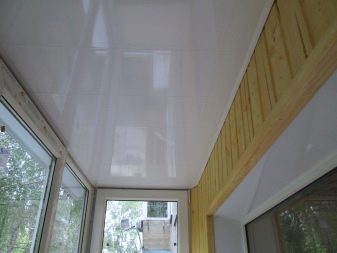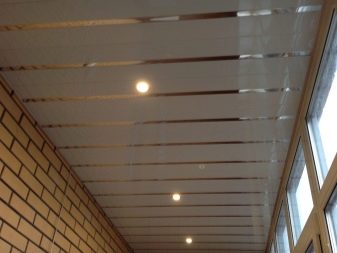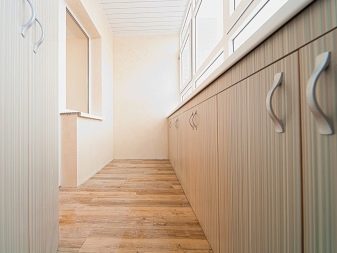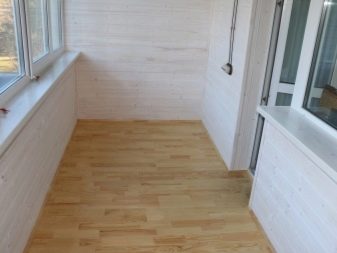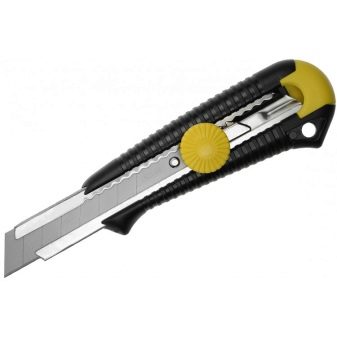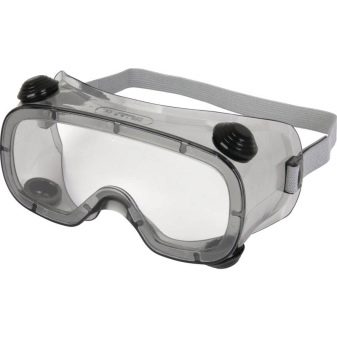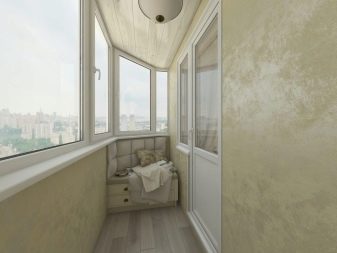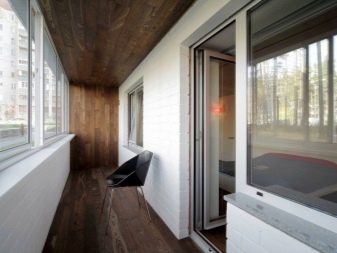Finishing the balcony and loggia without insulation
When arranging a balcony, you should carefully consider what steps to take. In the article, we will consider how to decorate the loggia inside without insulation with our own hands, we will give advice on how to choose the right material.
Not warm yet, but already cozy
Glazing even on an uninsulated balcony allows you to protect it from precipitation, dust and noise, prevent mold and corrosion. In addition to installing window frames, the owner must also take care of the cladding of all free surfaces that serve the same purpose.
Finishing - both the balcony and the loggia - without standard insulation implies some requirements for the choice of material due to the inevitable formation of condensation during the cold season.
Carrying out the cladding yourself, you should carefully study the properties of the materials used and the methods of working with them.
How to decorate the walls of an uninsulated balcony?
The first task is to select a cladding material that is not affected by humidity and temperature. Then you should critically evaluate the parameters of the walls, floor and ceiling of the balcony for their possible curvature. When painting, plastering or covering walls with liquid wallpaper, leveling the surfaces of the supporting structures of the balconymost likely will be necessary due to the requirements for the aesthetic component of the final result.
The range of modern materials for surface finishing can be limited only by the financial capabilities of the owners of the renovated premises. Here are the most popular ones:
- PVC panels;
- MDF panels;
- the liquid wallpaper;
- wooden slats "block house";
- flexible decorative tiles;
- modern plaster.
Each of these types of decoration of balcony surfaces deserves attention when choosing options for its implementation. - it is only necessary to assess the external conditions that may affect the durability of the cladding.
Polyvinyl chloride
The advantages of PVC - allows you to inexpensively and quickly decorate the balcony with your own hands, even for a person who is completely unfamiliar with this process. The assortment of PVC differs in many colors and sizes - you can choose any variant of the decorating solution.
Medium Density Fiberboard
In everyday life, this type of material is called MDF (finely dispersed fraction). By its protective and aesthetic properties, MDF differs little from PVC. MDF panels also come in different shades. They are easy to install and require minimal tool handling skills.
The liquid wallpaper
By their composition, they are dry paper and cardboard shavings mixed in glue. The liquid mass is evenly applied with a plastic spatula to the surface to be coated.
During the decorating process, you can experiment with the color of the finish, creating textures and color transitions on the pre-aligned (or plasterboard) walls.
Wooden slats "block house"
Loggias are often faced with wooden slats - clapboard. Errors made during its installation are hardly noticeable compared to the results of PVC cladding.
Once installed, the block house can be painted or varnished. The material is durable, aesthetically pleasing, and provides good thermal insulation.
Decorative tiles
An interesting material for a custom design for finishing a balcony. Tiles that bend in all directions can be used for cladding both on their own and in combination with other materials.
Bendable tiles are multi-layered. It consists of the following materials:
- polyvinyl chloride;
- fiberglass;
- plasticized stone chips.
Its decorative layer is protected from abrasion by polyurethane.
Cork
Environmentally friendly, lightweight, warm and "quiet" material. The disadvantages of cork include:
- a small variety of color palette;
- high cost.
Roll and tile plugs can be easily installed even on uneven surfaces.
Contemporary decorative plaster
Flexible and easy-to-use material that can only be applied to flat surfaces. Can be easily combined with the previously listed materials:
- tiles;
- clapboard;
- plastic panels.
Before you apply it yourself for the first time, you should familiarize yourself with the basic master classes.
How to sheathe the ceiling on the balcony?
Ceiling surfaces are faced similarly to walls, only their most important specifics should be taken into account - close contact with electricity. It is better to cover the ceiling with a decorative material several levels lighter than the color of other surfaces. This will make the walls look taller.
Floor coverings
Artificial stone on the floor is a good solution for a balcony with cold glazing. The material can withstand extreme temperatures and high humidity, and has a long service life. In addition, the artificial stone does not weigh too much - this facilitates installation and does not load the walls.
Other popular types of flooring for finishing balconies and loggias without insulation are as follows:
- cork covering;
- ceramic tile;
- parquet tiles;
- laminated (painted) plywood;
- linoleum;
- carpet;
- laminate.
The last three types of floor coverings are not recommended for constant high humidity or cold climates, as well as for balconies and loggias that are not protected by double-glazed windows.
DIY step-by-step instructions for finishing a balcony
First you need to check the reliability of the window frames and decide whether to leave them as they are. The list of accessories for a particular type of work may be different, but the following tools will definitely be required:
- electric drill-screwdriver;
- protective glasses;
- yardstick;
- construction pencil;
- construction knife;
- hammer and screwdrivers with various attachments;
- respirator for respiratory protection.
After measuring the balcony or loggia, an estimate is made and the optimal version of the material with which the surfaces will be sheathed is selected.
Useful tips - which cladding is better to choose
- When choosing PVC as a facing material, it should be borne in mind that in the open sun and at high temperatures, the panels heat up and can exude the smell of melting polymers. PVC panels are not suitable for covering balconies facing the sunny side. A definite plus for the layman is easy installation.
- MDF cladding is very sensitive to moisture. MDF is more suitable for interior interiors or regions with a warm climate or heated loggias.
- When choosing a material for finishing a balcony and a loggia without insulation, it is important to proceed from the practicality of using the material and the ease of replacing it in the event of force majeure.
Slippery tiles on frosty days and plastic panels melting in direct sunlight should not overshadow the joy of being in the fresh air that a balcony gives.
For finishing the balcony without insulation, see the video.
